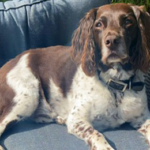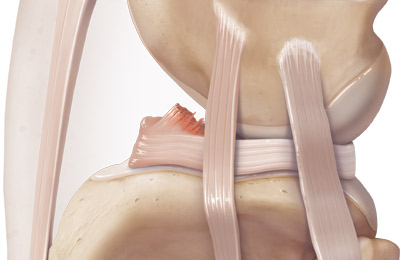A youthful snow leopard is back to scampering alongside her mother and playing hide-and-seek and an Old World swamp monkey has returned to his endearing, mischievous ways at Brookfield Zoo in Brookfield, IL, after arthroscopic joint restoration procedures using Arthrex Vet Systems innovation.
“Both animals are amazing, beautiful and awe-inspiring,” said James “Jimi” Cook, DVM, Ph.D., OTSC, Director of Mizzou BioJoint® Center, who worked with animal care staff to restore the animals to health using Arthrex products, including the SynergyUHD4™ imaging platform, small arthroscopic instruments, a fluid pump and shaver. “The products and technical expertise provided by Arthrex were key to being able to perform these minimally invasive procedures efficiently and effectively in two unique and diverse species.”

Ahava, the snow leopard, was born at the zoo in May 2020. Snow leopards are an endangered species native to the mountain ranges of Central and South Asia. She is adventurous and spirited and enjoys an array of playful activities, such as pouncing and shredding cardboard boxes. But not long after she was born, animal care staff noticed intermittent lameness affecting her forelimbs. X-rays and a CT scan revealed osteochondritis dissecans (OCD) lesions in both her shoulders. The lesions caused the bone and cartilage to separate as a flap, resulting in pain and impeding joint function.
Averill is a geriatric, 19-year-old swamp monkey who came to Brookfield Zoo in 2015 from Oregon Zoo. He is a favorite among staff for his calm demeanor, and he is known for his amusing ability to, at times, “pretend” he doesn’t comprehend his trainer’s cues. As Averill has aged, he has suffered from degenerative arthritis in various joints. Notably his right knee and hip joints were significantly affected with loss of cartilage and bone remodeling.
The Chicago Zoological Society’s staff, consisting of veterinarians, curators and animal care specialists, noticed and diagnosed the problems in both animals through the society’s comprehensive wellness care program. Once diagnosed, zoo professionals connected with Dr. Cook, and the team determined minimally invasive joint restoration would be the most effective treatment. In November 2020, arthroscopic procedures were performed on both animals.
Ahava underwent bilateral shoulder arthroscopy, which involved the use of the Synergy resection shaver from Arthrex to remove loose and detached cartilage, stimulate fibrocartilage repair of the OCD lesions and release multiple adhesions to the bicep tendons.
“In Ahava’s case, arthroscopy revealed favorable healing of the lesions was underway,” said Michael Adkesson, DVM, Vice President of Clinical Medicine for Chicago Zoological Society, which manages Brookfield Zoo. “Only further tissue debridement to encourage optimal healing and removal of fibrous adhesions to the bicep tendons was needed. The minimally invasive technology from Arthrex made the procedures and her recovery smooth and quick.”
Averill’s case, however, was more serious.
“Arthroscopic assessment of his right knee revealed severe proliferative synovitis throughout the entire joint with scarring affecting the cartilage, meniscus and ligaments. There was also a fragment of bone that had broken free in the joint and was causing pain,” said Dr. Adkesson.
Using small joint instruments and the Synergy resector and burr from Arthrex, Dr. Cook and the team performed a number of procedures on Averill: arthroscopy on the right knee to remove a large osseous loose body from the joint, which had adhered to the fat pad and patellar tendon; partial medial meniscectomy; removal of an impinging osteophyte on the patella; and debridement and marrow stimulation for a trochlear-condyle cartilage defect. Additionally, arthroscopy performed on the right hip resulted in the removal of a large, osseous loose body from the joint and a femoral head and neck osteoplasty was performed for impingement and to remove acetabular rim osteophytes, which were causing labral and cartilage damage.
“Both cases went very well,” said Dr. Cook. “The specialty instrumentation, imaging quality and range of scope sizes provided by Arthrex’s products addressed a variety of disorders we encountered in three different joints in two very different species, ultimately supporting successful outcomes.”
Now, five months post-op, both Ahava and Averill are living comfortably to their fullest capacity at Brookfield Zoo.
“Ahava is doing great and shows no evidence of any discomfort or previous disease. She is extremely active, playful and behaving like a normal young snow leopard,” said Dr. Adkesson. “Averill is also doing well. He remains on daily NSAID drugs for arthritis, just like many elderly people. Based on his subtle cues and diagnostic images, we believe the intervention made a positive impact on his comfort level.”
“Working with the world-class Brookfield Zoo team and the incredible experts at Arthrex to help these wonderful animals was so fulfilling,” said Dr. Cook. “Not only were we restoring quality of life for the patients but, in this case, even helping to save a species.”
Visit ArthrexVetSystems.com to learn more about the innovation and technology of Arthrex Vet Systems and read more real-life stories and case reports.






